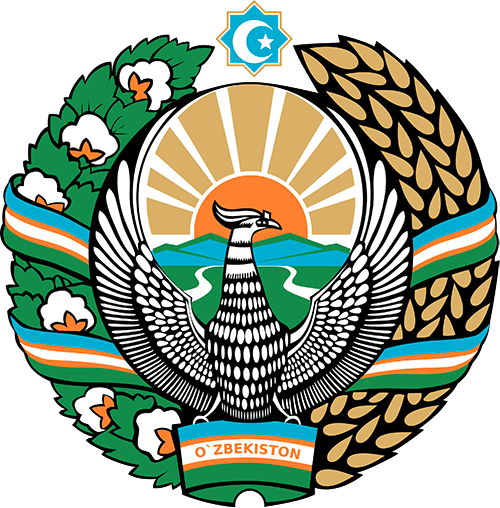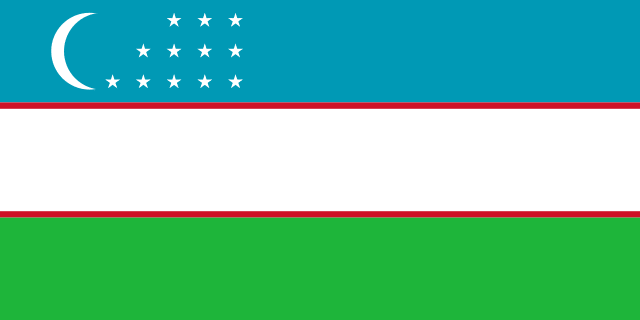Visit to the International Kazakh-Turkish University named after Khoja Yasawi — one of the Top 1000 popular universities in the QS World University Ranking
The International Kazakh-Turkish University named after Khoja Yasawi is on the popular world university ranking QS World University Ranking 781-790 place. The co-workers of the Department of Faculty Pediatric Surgery of the Tashkent Pediatric Medical Institute Rakhmatullaev Akmal Abadbekovich, MD, Associate Professor, Head of the Department of Faculty Pediatric Surgery, MD, doyent Narbaev Temur Turaevich and PhD, Associate Professor Terebaev Bilim Aldamuratovich for academic mobility visited this university. We conducted lectures and practical classes for 4 4th year students.
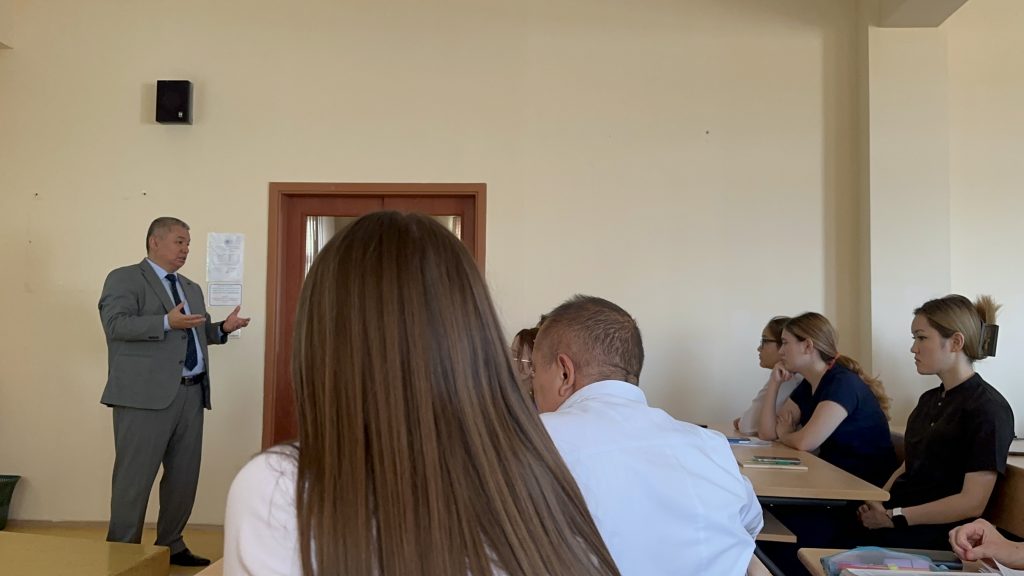
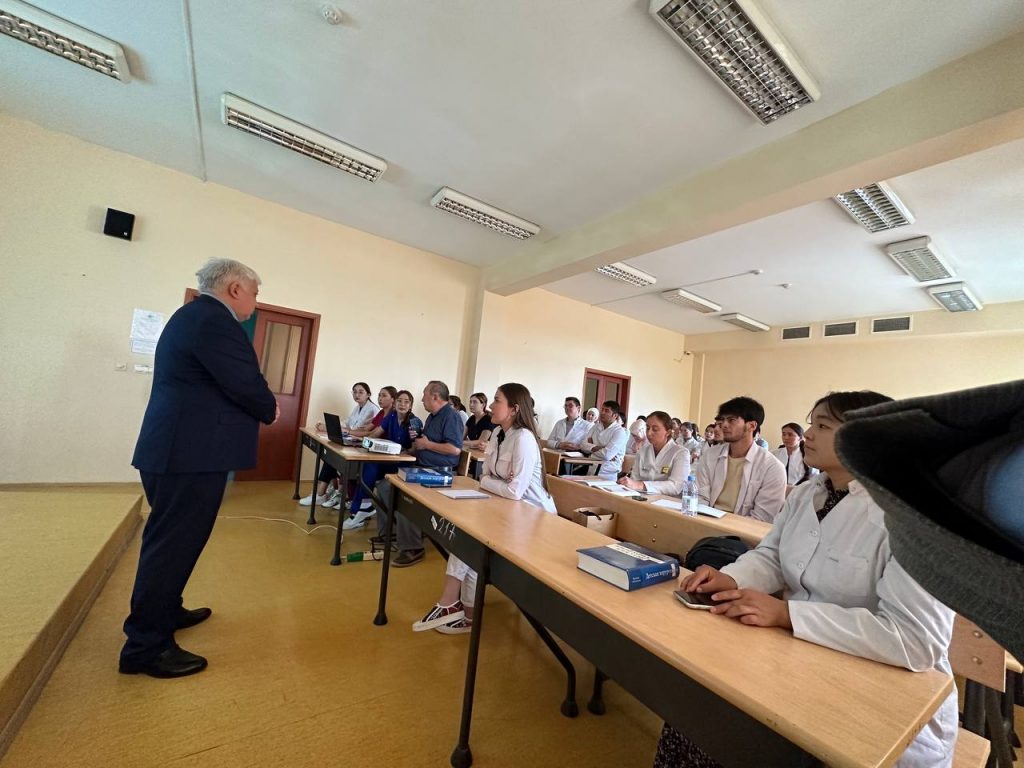

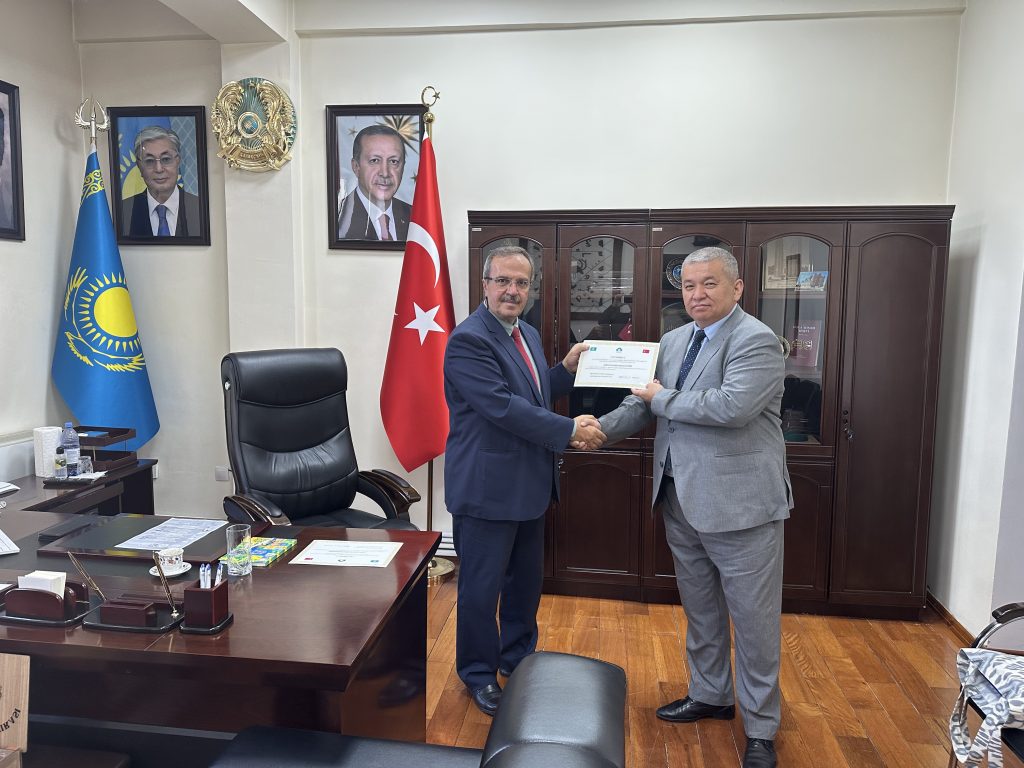
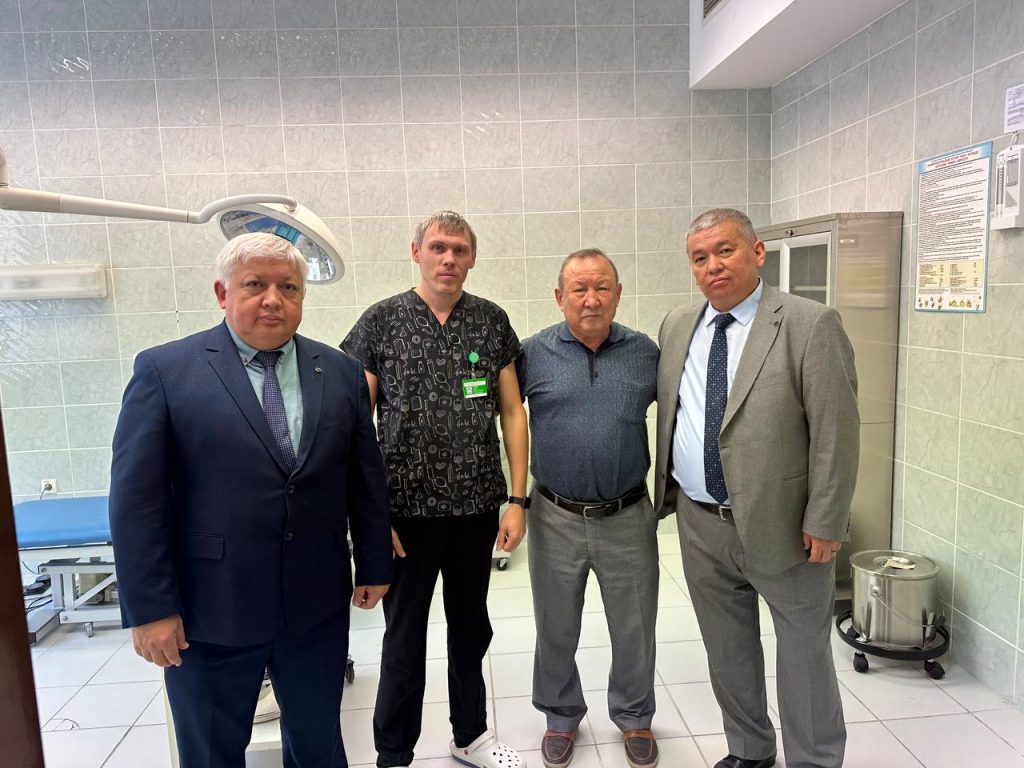
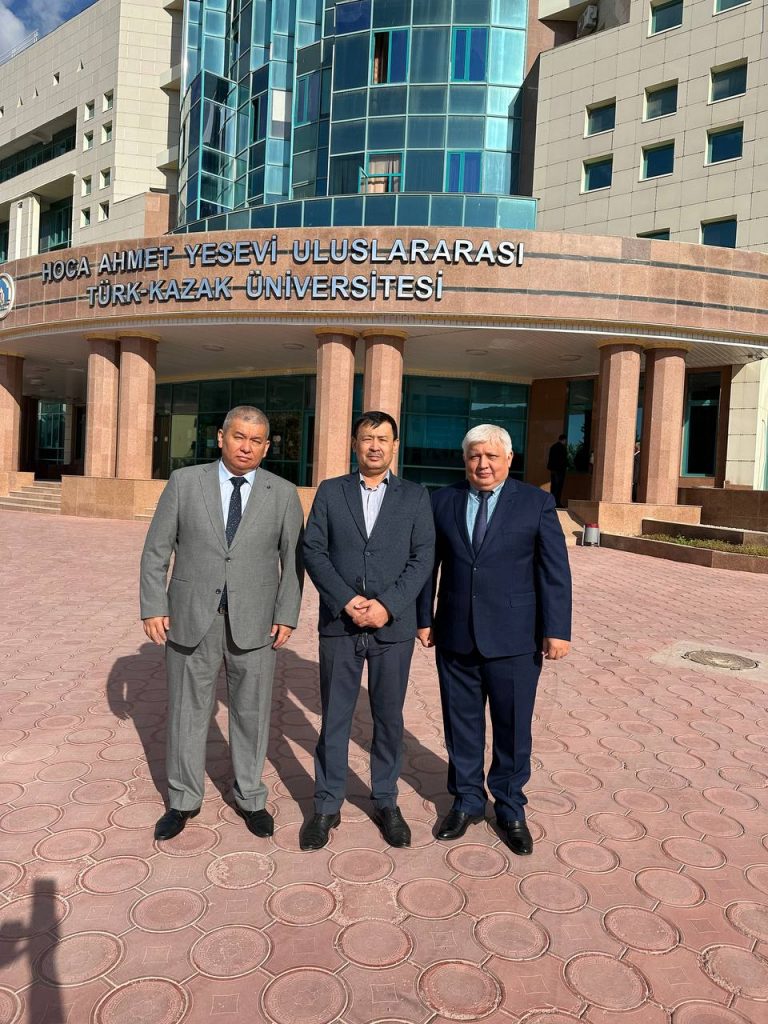
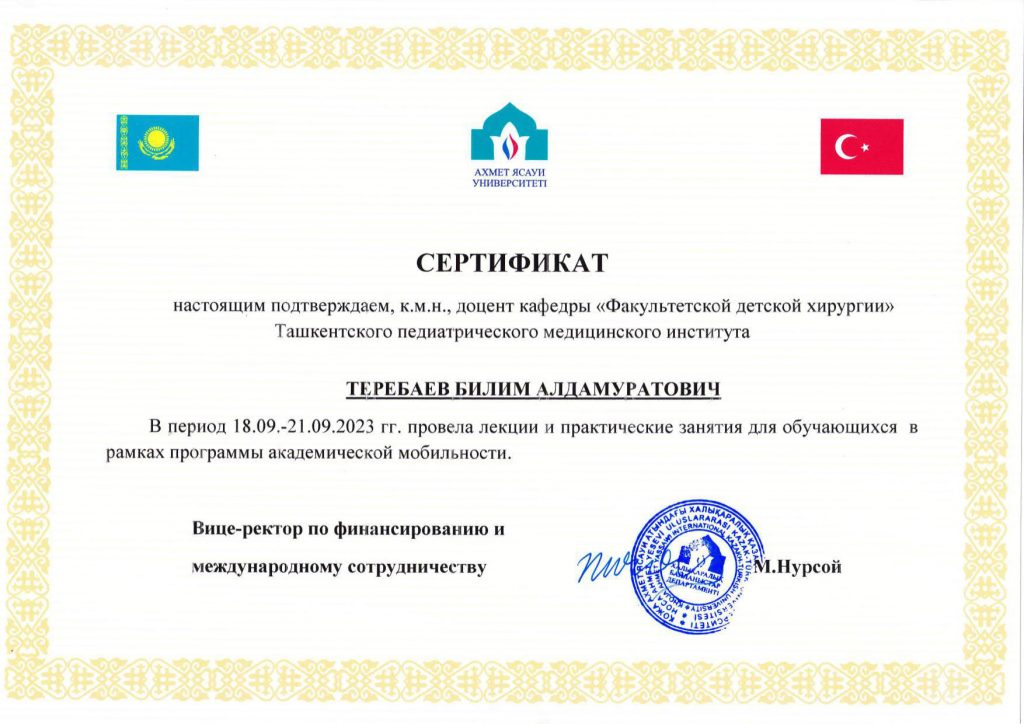
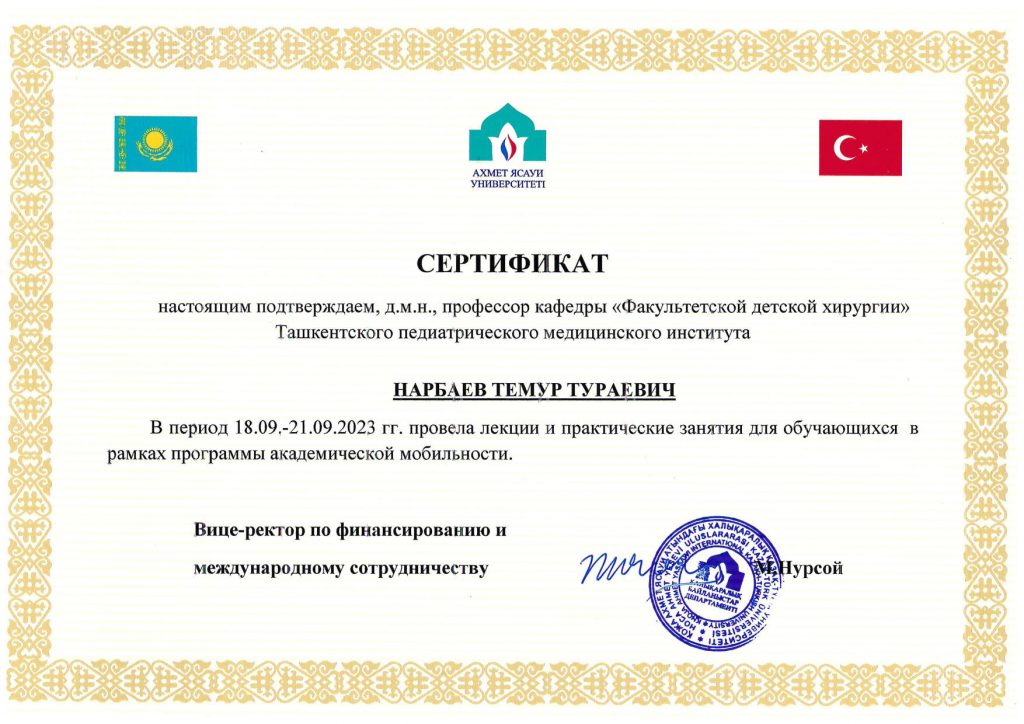
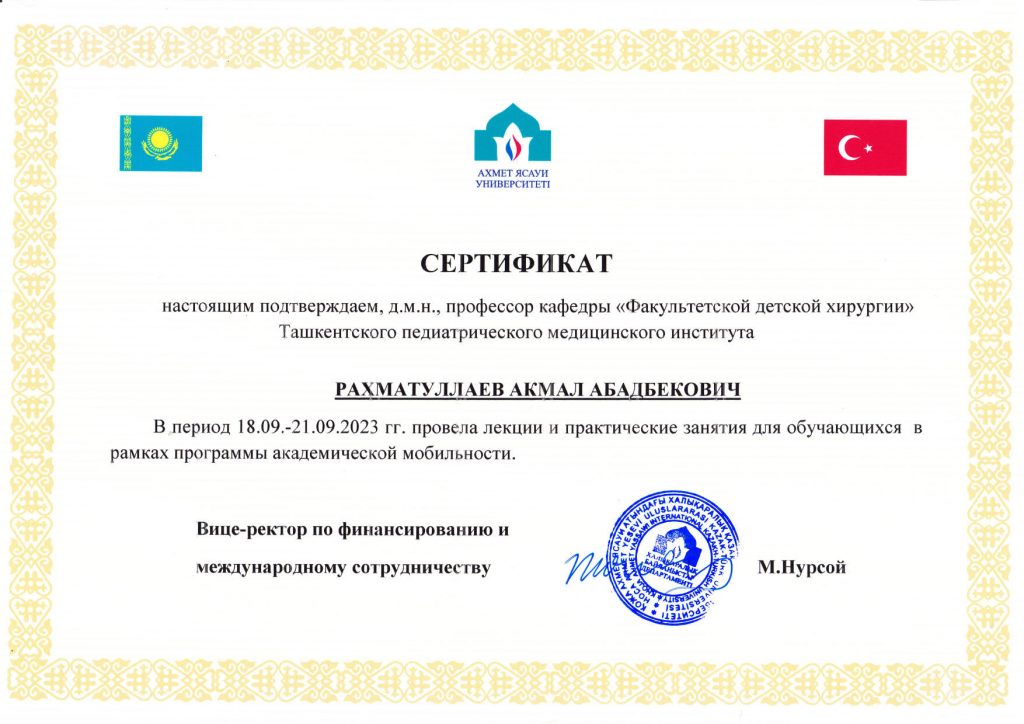
Master class by Ricardo Antonio Superina, Head of the Department of Liver and Intestinal Transplantation from Chicago, USA
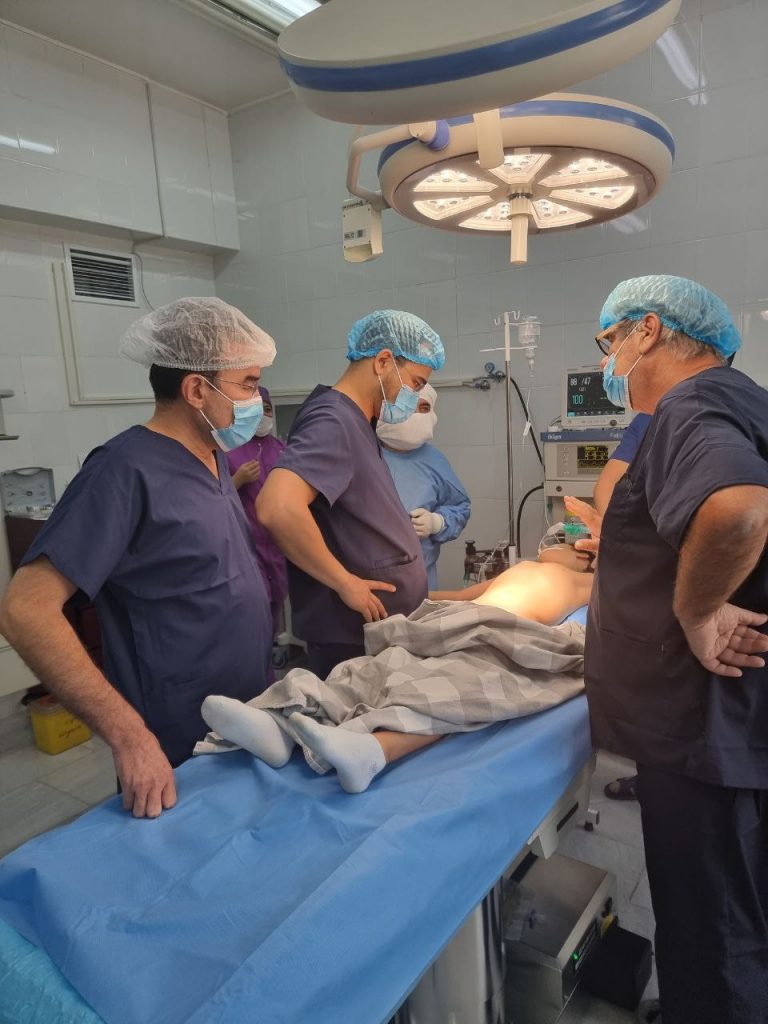
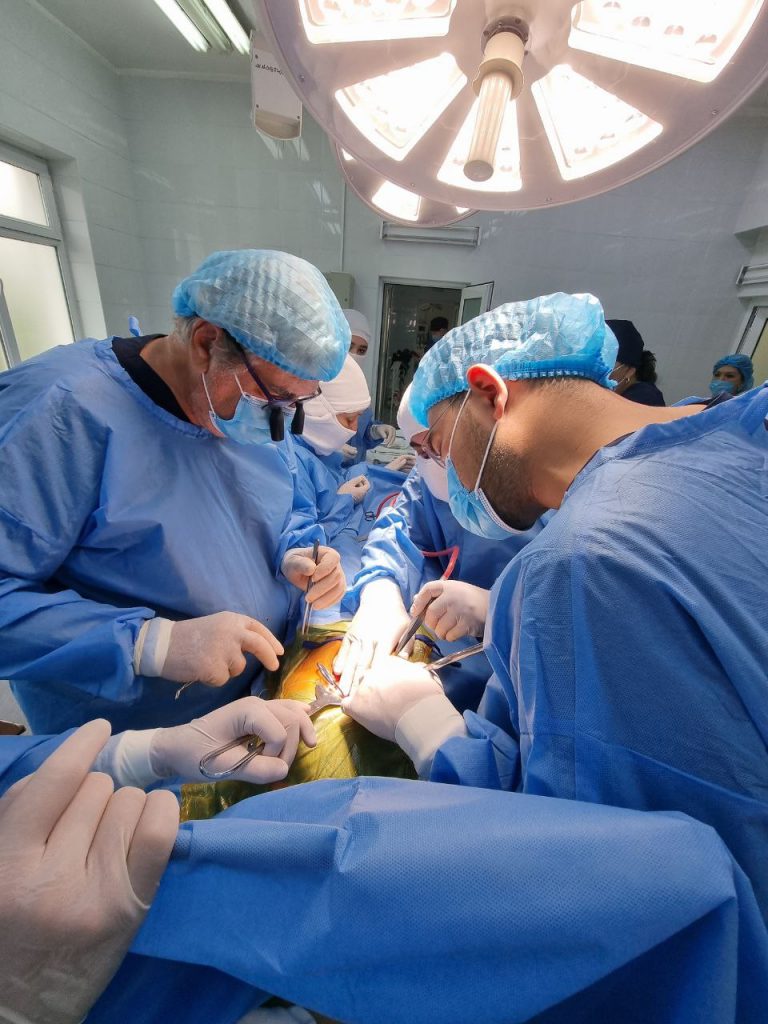

Professors from the Russian Federation, Azerbaijan, Kyrgyzstan were at the Department of Faculty Pediatric Surgery and conducted master classes for masters and students as well as lectures.

